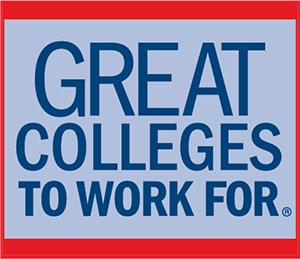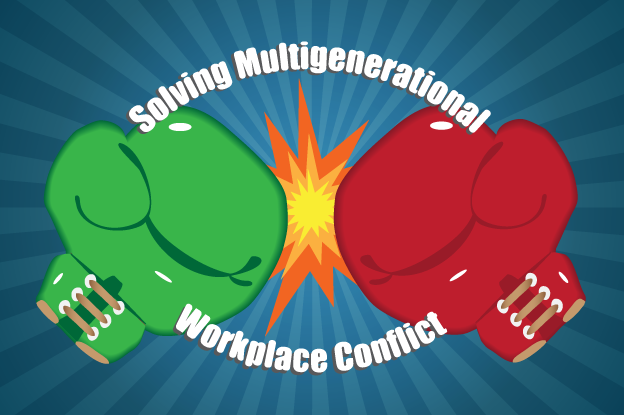Communication Solves Multi-generational Workplace Conflict
It’s a fact that in Higher Education, we are working in a more generationally diverse workforce than ever before. Your institution probably employs:
- Veterans, or Traditionalists, born between 1922 – 1945
- Baby Boomers, born between 1946 – 1964
- Generation X, born between 1965 – 1980
- Generation Y or Millenials, born between 1981 – 2000
The melding of these different age groups can, unfortunately, create conflict. According to Ron Zemke, co-author of Generations at Work, “The majority of conflicts arise from the value differences of the age groups rather than the actual age differences themselves.”
Jennifer, a 27 year old Millenial, thinks the Thursday morning meeting is a waste of time. She values the freedom to work on her own, or with her small team, and have quick discussions as needed. She doesn’t want to be bogged down by the petty side discussions that erupt in large meetings and the need some people seem to have to be heard.
Karen, the 60 year old manager of the department, really likes the Thursday morning meeting. She feels it’s an important way for everyone to meet and share data. She can’t see how Jennifer can get the information she needs from 5 minute chats, and isn’t sure she’s as serious about the project as she needs to be when she’s working at home.
Who’s right?
Both can be, especially when one begins to understand the “why’s” behind what makes each other tick.
A Millenial feels there are many ways to accomplish a task and prefers:
- informal “stand up” meetings
- texts
- quick IM’s
- impromptu discussions in the hall
They may feel constrained in the office, and do their best thinking elsewhere.
The Baby Boomer has built a career in a more formal environment, so prefers a meeting, usually governed by an agenda. In this format, everyone brings issues to the table for discussion and resolution. Work should be done in the office, and supervised closely.
Communication is the key to solving multi-generational conflict
The key to preventing and resolving conflict in a multi-generational environment is keeping the lines of communication open. Establish a workplace culture that values open dialogue and candid conversation. Encourage employees to avoid taking the stand that “my view is right and your view is wrong.” If each party is willing to see the value of how the other feels, there can be compromise.
Good conversation starters are phrases like:
- “Help me understand… ”
- “Tell me how that has been successful for you.”
- “May I share some of my thoughts?”
- “Would you be open to trying something new?”
Perhaps some of the chat in the formal meeting IS a bit off topic, or digresses into grousing. Maybe some important constituencies within the office have been left out of the “text” loop. You’ll only know if you have the dialogue


